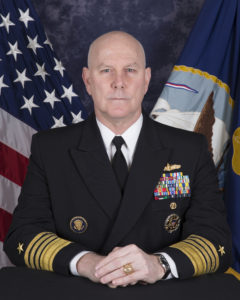
SAN DIEGO – The head of U.S. Fleet Forces Command announced a new “revolutionize readiness campaign plan” that will create a fleet analytics office and possibly a new officer on his staff focused on readiness. Adm. Christopher Grady, Commander of U.S. Fleet Forces, told the audience here at the AFCEA West 2019 conference on Feb. 15 that he wants to “revolutionize our approach to readiness” because step changes are needed to get more fleet readiness out of every dollar in a…

 By
By 











